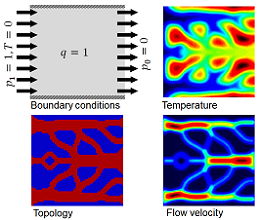
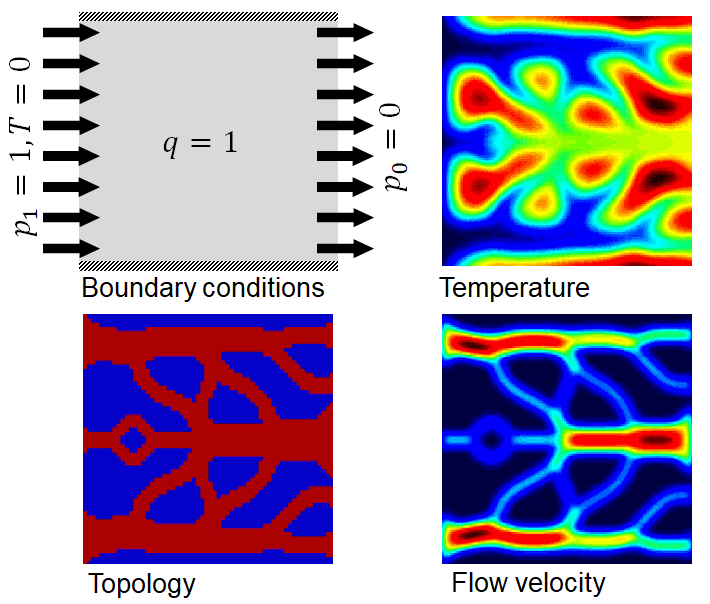
Current Ph.D. student: Joel Najmon
Former Ph.D. student: Tong Wu (currently at Siemens)
Sponsors: Walmart Foundation, National Science Foundation (NSF)
Topology optimization is a numerical design methodology to generate non-intuitive, complex, high-performance designs by optimally distributing material within a prescribed volume (design domain). The multi-physics topology optimization (MPTO) methods developed by IUPUI researchers involve the coupled sensitivity analysis of fluid flow, mechanical loads, and thermal loads and the application of mathematical programming algorithms suitable for problems involving tens of thousands of design variables. Applications of MPTO methods include the optimal design of lattice structures of impact energy dissipation, complex flow channels with minimum pressure drop, and conformal cooling for injection molds with maximum heat dissipation.
Walmart Project Top3d
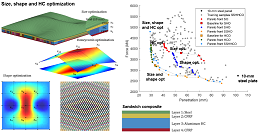
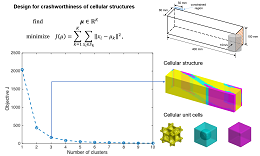
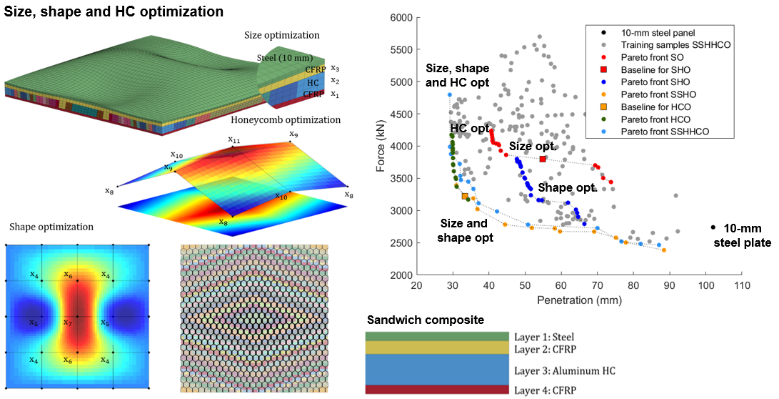
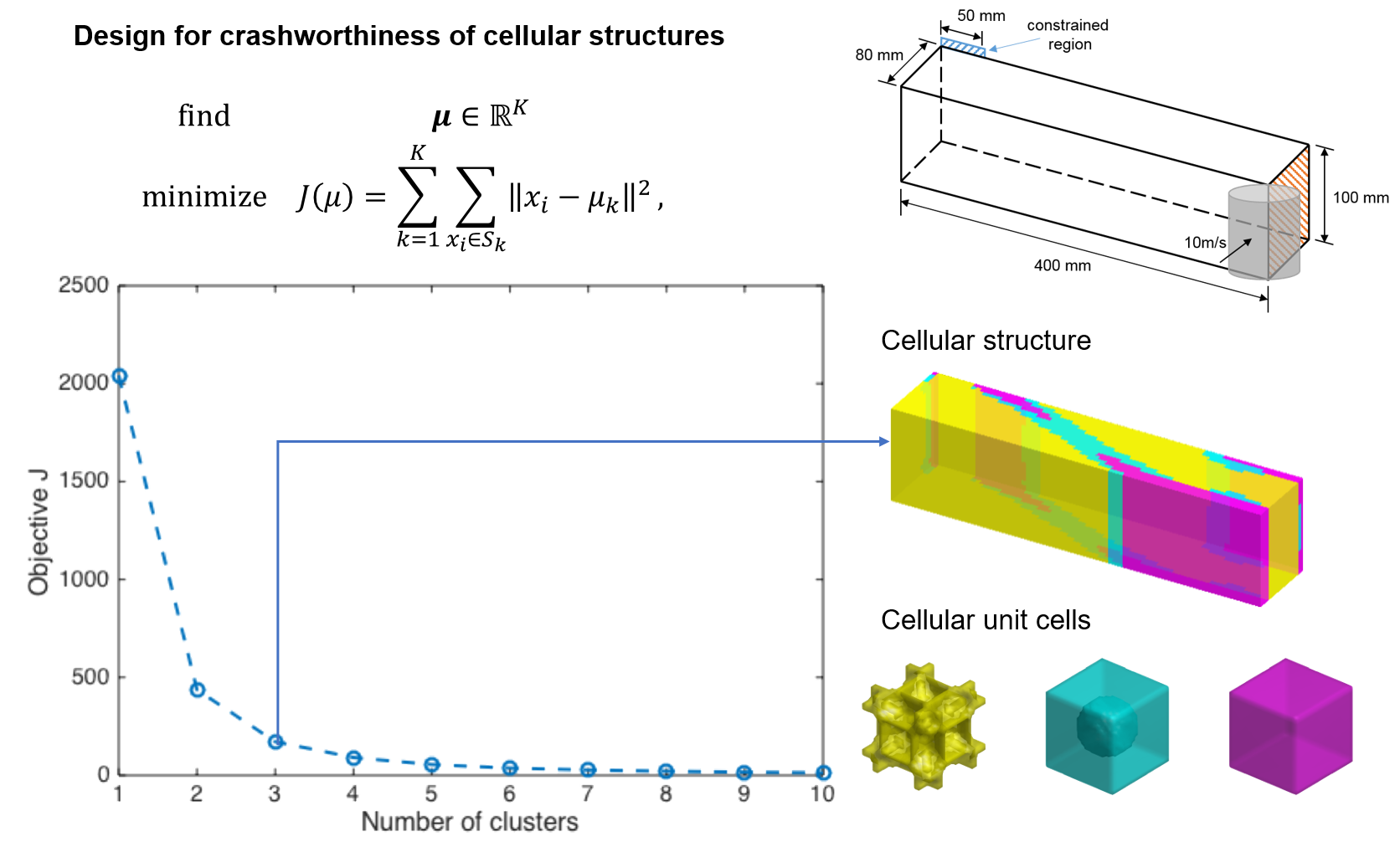
Current Ph.D. students: Homero Valladares and Aakash Gupta (Cummins)
Current M.S. student: Ashwin Gaonkar
Current (co-advised) Ph.D. student: Niko Prieto (National Univ. of Colombia)
Former Ph.D. student: Kai Liu (currently at Google)
Collaborators at IUPUI: Likun Zhu
Sponsors: Honda R&D Americas, National Academy of Sciences (NAS)
Bayesian machine learning (BML)--the application of Bayesian methods for data science and machine learning--is a global optimization framework that allows the statistical analysis of data from multi-fidelity, multiscale numerical simulations as well as multiscale processing and physical testing The objective is to find the optimal system, component, and material designs along with their optimal manufacturing processes. IUPUI researchers develop multiobjective BML-driven design approaches to optimally design lightweight, multimaterial, vehicle structures for crashworthiness, composite armors for blast mitigation and impact penetration, passive foot prosthesis, coating for automotive power cylinders, and multi-scale design and fabrication of lithium-ion batteries (LIBs) and LIB electrodes.
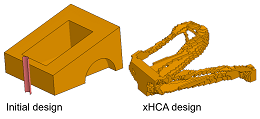

Current Ph.D. students: Sajjad Raeisi, Ph.D. (c)
Former Ph.D. student: T.J. Sego (currently at IU Bloomington)
Sponsors: Honda R&D Americas, General Motors Co.
Numerical methods for cellular dynamics, such as hybrid cellular automaton (HCA) and the cellular Potts model (CPM), inform designers bio-inspired approaches to generate innovative, high-performance, multi-material, multi-scale structures. Such structures mimic nature designs including organs and tissues such as bone and skin. IUPUI researchers have developed HCA and CPM-based algorithms to model bone functional adaptation and generate growth models by emergence from cellular and intracellular mechanisms. These algorithms have been extended to synthesize bio-inspired engineering structures including multi-material, lightweight vehicle structures.

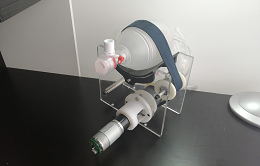
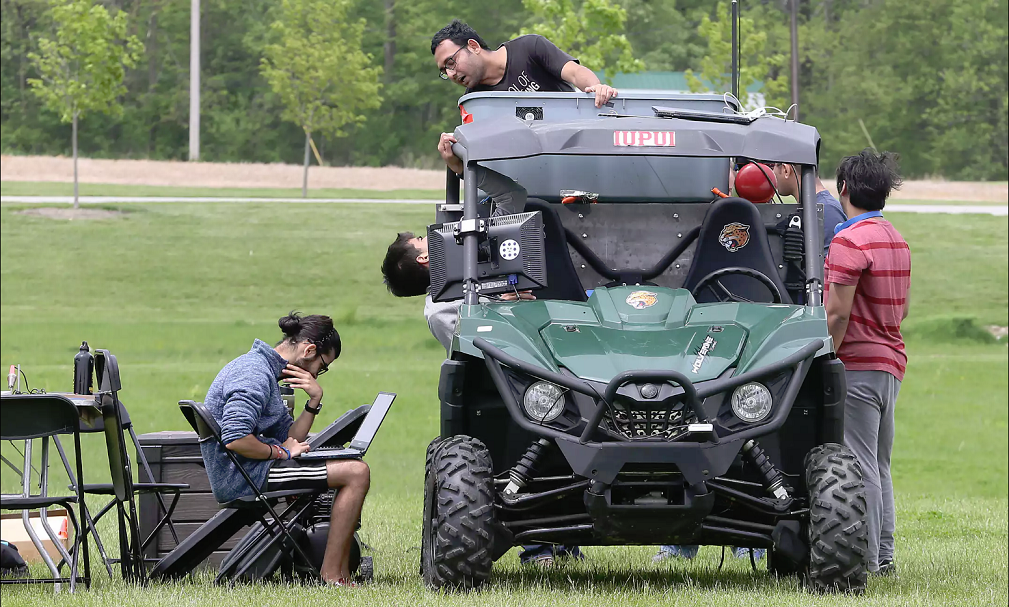

Former (co-advised) Ph.D. students: Luis Carlos Sarmiento (Pedagogic National University, Bogota, Colombia), Jaime Arcos (Univ. San Buenaventura, Bogota, Colombia)
Collaborators at IUPUI: Sohel Anwar
Sponsors: National Science Foundation (NSF)
The optimal design of mechatronic systems, such as robotic prostheses and autonomous vehicles, involves the analysis of the interaction of controllers, actuators, and structural elements. IUPUI researchers develop studio-based pedagogies to enhance engineering creativity and create game-changing, optimal mechatronic designs. Researchers in this area develop concurrent design methodologies involving physics-based models and robust, disturbance rejection controllers that produce a stable system response under random perturbations. Applications include the design of robotic prosthetic devices, bipedal robots, agricultural robots, and autonomous vehicles. An ongoing application is the design of a mechanical ventilator for COVID-19 treatment.
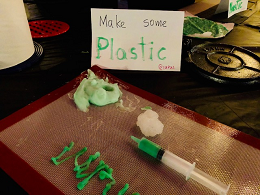
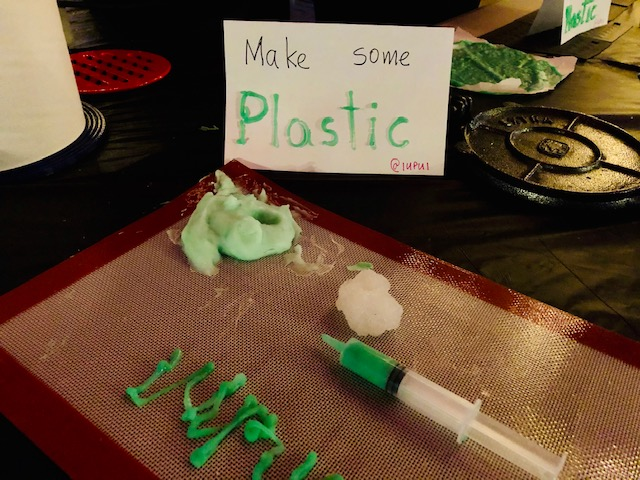
Sponsor: IUPUI MURI
Collaborator at IUPUI: Amanda Siegel
Bio-based compostable and water-soluble plastics are an alternative to traditional, fossil-based plastics. Made from renewable materials, this new generation of plastics degrade through composite and marine environment exposure into carbon dioxide, water, and biomass without leaving a toxic residue. To accelerate the development of these plastics, IUPUI researchers develop experimentally-driven and machine-learning assisted optimal design approaches. Applications include the development of formulations for plastic injection and additive manufacturing.